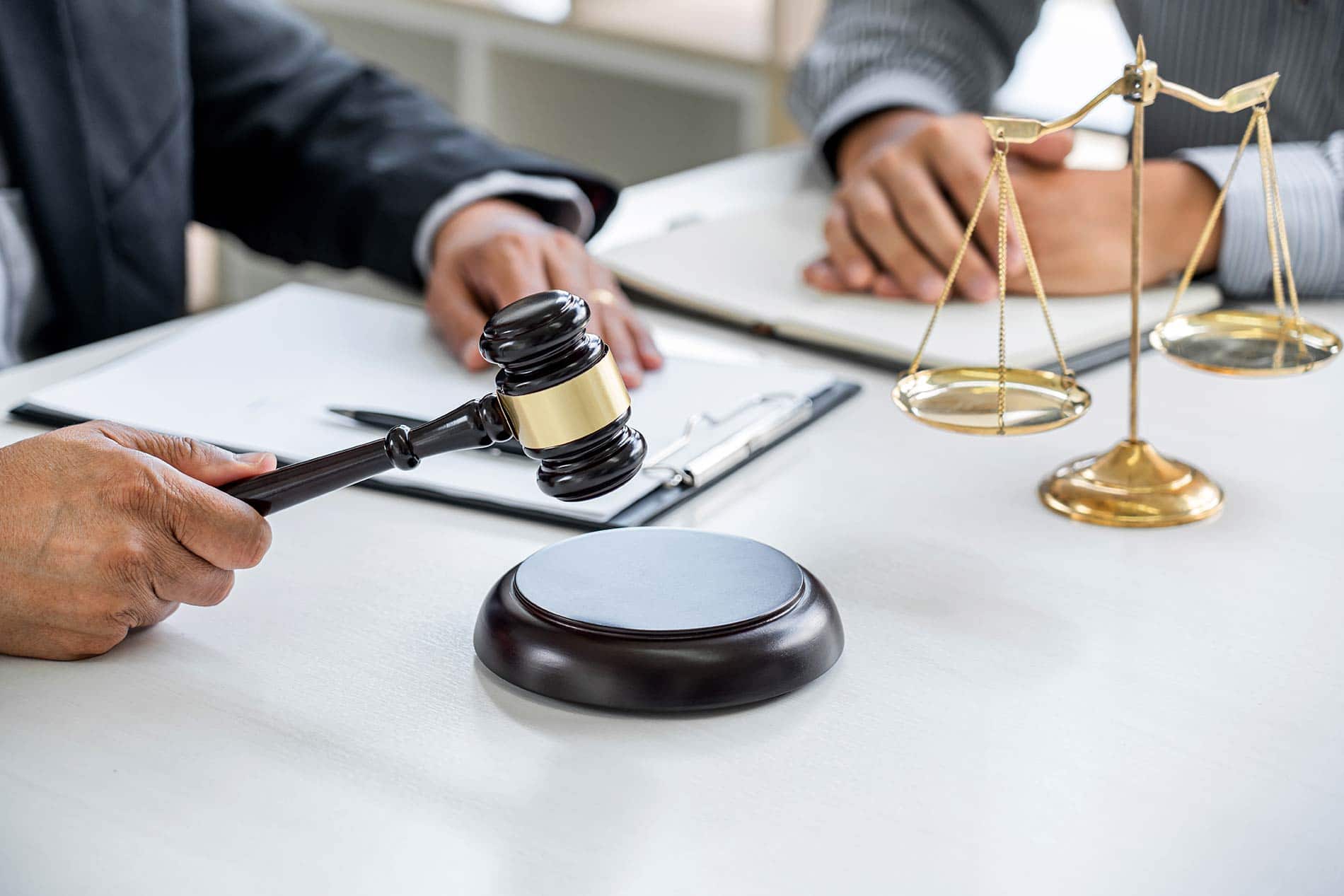Conveyancing is the process of handing over property ownership from one party to another. It
Category: Conveyancing
6 min read
0
What you need to know about Conveyancing in Australia
Buying or selling your property is an exciting event in one’s life that you don’t
6 min read
0
What does Conveyancing mean to Buyers
Buying or selling a home is not just as simple as handling the keys over.
5 min read
0
Choices and Costs of Conveyancing in 2022
The prospect of buying/selling properties can become a daunting task until you find a professional
6 min read
0
Essential Steps when Conveyancing in Sydney
Conveyancing is the process by which a property is legally transferred from one entity (seller)





